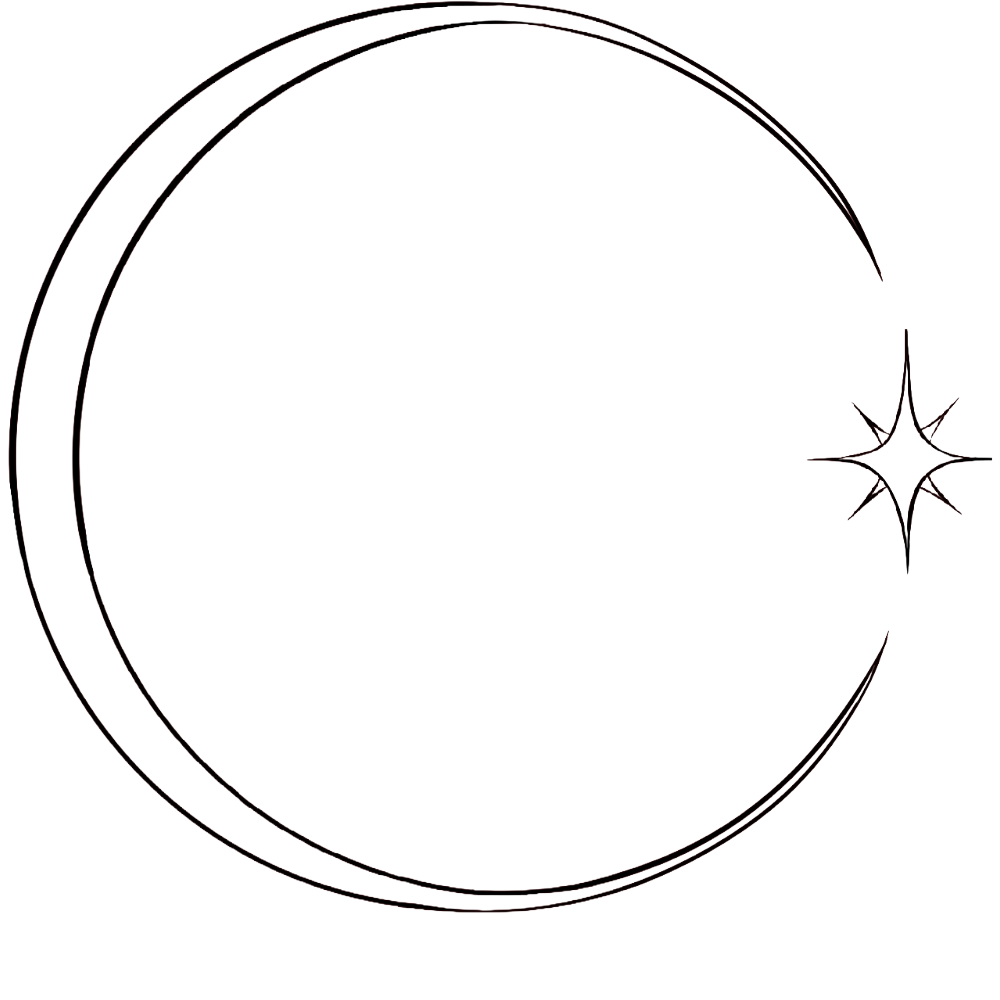The Truth About Vibroacoustic Healing: Ancient Wisdom Meets Modern Research
Vibroacoustic healing is gaining traction in wellness clinics, hospitals, and integrative therapy centers—but the practice is far from new. At its core, vibroacoustic therapy (VAT) is the convergence of ancient sound wisdom and modern neuroscience. It invites us to not only hear sound, but to feel it—deep in the body, beyond the ears, where vibration meets biology.
So what exactly is vibroacoustic therapy? And what does the research say about its potential to support healing?
What Is Vibroacoustic Therapy?
Vibroacoustic therapy uses low-frequency sound waves—typically in the range of 30 to 120 Hz—delivered through specialized equipment like sound beds, chairs, or pads. These vibrations travel directly into the body, bypassing auditory pathways to stimulate internal systems at a cellular level.
While modern VAT devices are clinical and precise, the concept isn’t new. Cultures around the world have long used drums, gongs, and chants to regulate the nervous system, support altered states, and facilitate emotional release. VAT is a contemporary evolution of this intuitive knowledge, backed by data.
How It Works: The Science Behind the Sound
Research shows that low-frequency sound can influence the body in measurable ways. Through a process called mechanotransduction, these vibrations stimulate tissue, lymphatic flow, and circulation. The sound doesn’t just relax you—it actively moves through muscle, fascia, and bone, impacting both physical and neurological systems.
VAT also activates the parasympathetic nervous system, shifting the body out of fight-or-flight and into a state of rest and repair. This is crucial for those dealing with chronic pain, trauma, inflammation, or insomnia.
Clinical Applications and Research
Vibroacoustic therapy has been studied in a range of clinical settings, including:
Pain management: Studies published in journals like Pain Management Nursing and Clinical Rehabilitation report significant improvements in chronic pain and fibromyalgia after VAT sessions.
Neurological disorders: VAT has shown potential in treating symptoms of Parkinson’s disease, cerebral palsy, and traumatic brain injury by supporting motor coordination and neuroplasticity.
Mental health: Participants in VAT sessions report lower anxiety, improved sleep, and greater emotional regulation. The calming effect of rhythmic vibration helps reset nervous system patterns, often where traditional talk therapy may not reach.
Hospice and palliative care: In end-of-life settings, VAT provides comfort by alleviating pain and anxiety, without the side effects of pharmacological interventions.
Ancient Roots in a Modern Framework
From Sufi trance drumming to the Aboriginal didgeridoo, sound has long been recognized as a form of medicine. What makes VAT unique is its ability to deliver these frequencies with precision and consistency—merging the intuition of ancient practices with the rigor of clinical application.
Rather than replacing traditional healing arts, VAT builds a bridge. It validates what Indigenous and holistic practitioners have always known: vibration is medicine.
Who Is It For?
Vibroacoustic healing can be beneficial for:
Those living with chronic pain or tension
Individuals recovering from trauma
Clients with neurological conditions
People seeking deep meditative states without effort
Anyone needing to calm their nervous system and feel grounded
It’s non-invasive, safe for most populations, and often used as a complementary therapy alongside physical therapy, psychotherapy, or energy work.
Want to learn how to work with sound and vibration professionally?
Explore the Mystic Meditations Sound Practitioner Certification, offered online and in person in Vancouver. Learn the science, art, and spiritual roots of sound therapy and become confident working with frequencies, alchemy bowls, voice, and vibroacoustic tools.
Discover more: www.mysticmeditations.com
